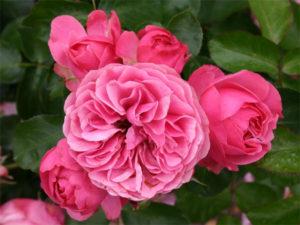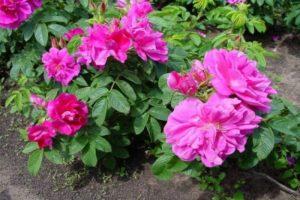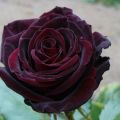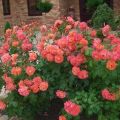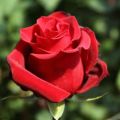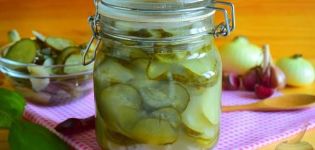Description and rules for growing hybrid tea rose varieties Anastasia
Anastasia rose belongs to the hybrid tea varieties of this plant. The flower is rich in whiteness. This circumstance explains the popularity of the Anastasia rose among gardeners. The plant is mainly grown to create bouquets. However, this tea rose can also be used when organizing colorful flower arrangements on the site.
History of creation
The tea hybrid Anastasia was officially registered in the corresponding register in 2001. French breeders were engaged in the development of this variety, who received a new plant by crossing the roses Paul Pekmez and Jurgen Evers. Due to the fact that there is another type of flower with the same name on the market, this plant is sometimes referred to as Nirpwhi.
Detailed description of hybrid tea rose Anastasia
Rose Anastasia (Anastasia) is a hybrid tea flower of deep white color. The plant has the following characteristics:
- the maximum height of the bush is 1.2 meters;
- bush width - 90 centimeters;
- straight and strong stems with a minimum number of thorns;
- large rose petals with glossy shine;
- the height of the buds - up to 9 centimeters;
- the diameter of the opened buds is up to 12 centimeters.
Rose Anastasia has good immunity to the main diseases of flowers and harmful insects. The variety is able to withstand low and high temperatures.
Anastasia is distinguished by increased resistance to waterlogging and bright sun. Once cut, the rose can stand at room temperature for up to 12 days.
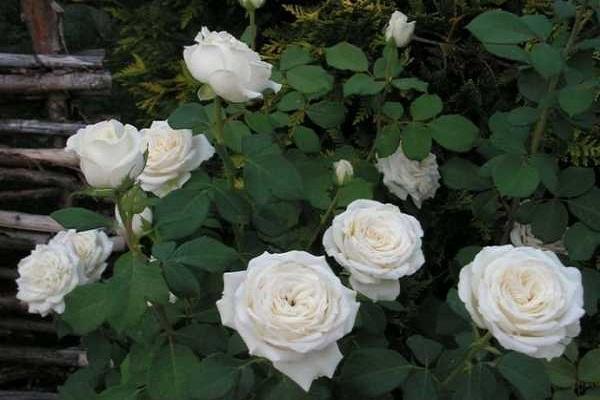
Main pros and cons
Gardeners distinguish several advantages of the Anastasia variety:
- few thorns on long stems;
- large flowers;
- long flowering period;
- the flower is adapted to different climatic conditions;
- the rose exudes a subtle fruity aroma.
Despite its good immunity to diseases, the rose of this variety is susceptible to infection by spot and powdery mildew.

The specifics of growing flowers
Rosa Anastasia is unpretentious in care. However, for the normal development of a flower, certain conditions must be created.
Choosing a landing site
It is recommended to grow the plant in an open, well-lit area protected from the north wind.Cuttings should be planted more than two meters from other shrubs and trees.
What should be the soil?
Anastasia is recommended to plant a rose in slightly acidic soil. The soil is pre-dug up and loosened.
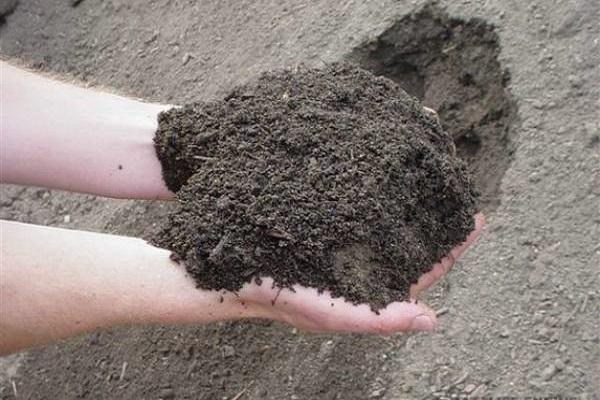
Preparation of planting material
If seeds are used as planting material, then the last 2 weeks must be sown in the ground and left in a cold place, and then soaked for 6 hours in a 3% hydrogen peroxide solution. During this time, the first shoots should appear.
It is recommended to purchase a seedling in the spring. Before planting, the shoot should be pruned and placed in water for 2 hours.
Landing features
Cuttings are recommended to be planted from April to May. In the fall, this procedure is allowed to be carried out in the southern regions. The plant is planted in a previously prepared hole (crushed stone, sand or expanded clay must be poured into the bottom) so that the root collar deepens by 3-4 centimeters. After the procedure, the ground around the seedling must be mulched.
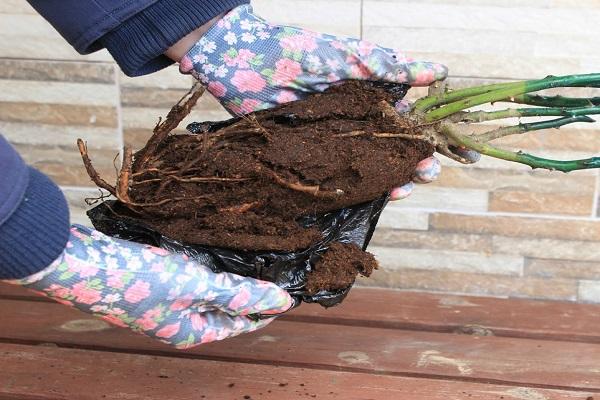
Bloom
Rose Anastasia is loved for its beautiful white flowers that do not fade for a long period.
When and how does it happen?
The first buds on the Anastasia rose bush bloom in May. Flowering ends with the onset of autumn.
Care before and after flowering
Adequate watering must be ensured during the flowering period. If necessary, mineral (universal) fertilizers should be applied under the bush. Also, the plant can be fed until the beginning of the flowering period (except for the first year after planting).
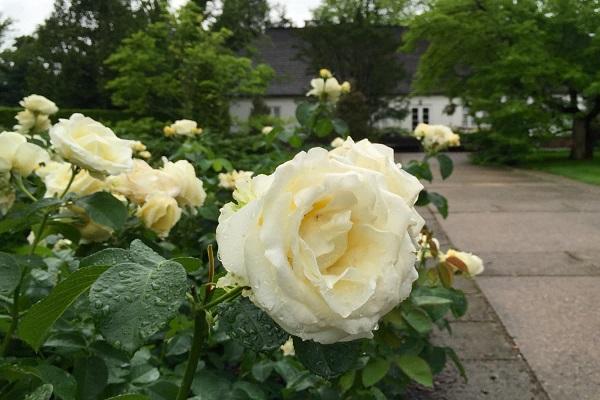
What if there are no buds?
In the first year, the buds on the planted bush usually do not appear. In the future, the lack of flowers is explained by several reasons. This is mainly due to the wrong landing site. Roses do not bloom on shrubs that grow in shaded areas. In this case, it is recommended to transplant the plant to a new location.
The second reason for the lack of flowers is that the grower does not properly cut the bushes. It is necessary to remove at least 1/3 of the shoots.
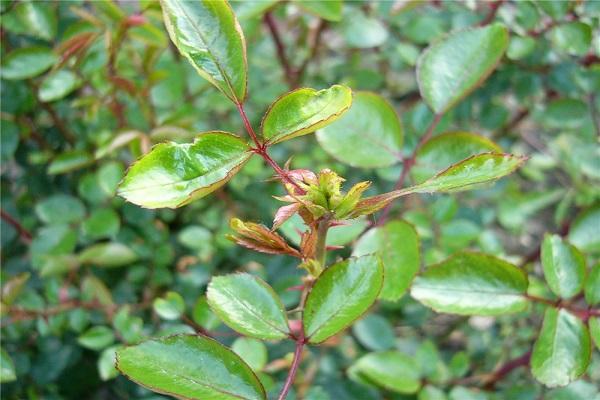
Flower care
Caring for an Anastasia rose is not difficult. However, in order to achieve long flowering, the shrub must provide certain conditions for growth.
Temperature
Temperature does not play a key role in development. But this parameter should be taken into account when planting cuttings or germinated seeds. This procedure is not recommended to be carried out at an air temperature above +25 degrees. It is optimal if the soil warms up to +15.
Watering
It is recommended to add up to four liters of water at a time under an adult bush. During the flowering period, the frequency of watering should be increased. Due to the lack of moisture, the flowers on the bush will become smaller.
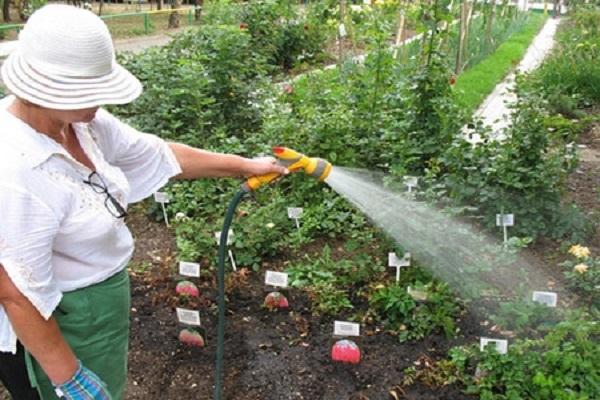
Top dressing
In the first year after planting, liquid fertilizers are applied under the trunk. In the future, fertilizers are applied up to five times per season. In the spring, ammonium nitrate is used at the rate of 30 grams per square meter. After two weeks, this fertilizer is re-applied. For the third time, fertilizing with nitrogen is scattered around the trunk.
Weeding
Weeding is recommended at least once a month, removing weeds. After this procedure, the roots begin to receive more oxygen, which has a positive effect on the development of the rose.
Pruning
In order for large buds to constantly appear on the bush, it is necessary to remove up to half of the shoots. Small flowers form when only dry shoots are cut.
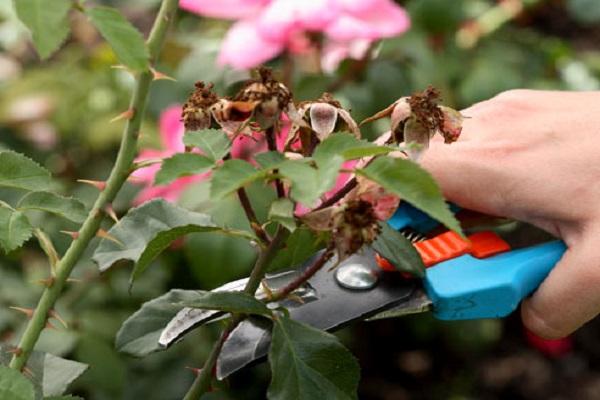
Moving to another location
When moving to a new location, it is necessary to dig up the bush, being careful not to damage the root system. The rose should be planted under the same conditions as the first time.
Preparing for winter
It is recommended to store the seedlings in a cool room during the winter.Planted shrubs before the onset of cold weather are cut off, bent to the ground and covered with dry branches or leaves. It is also recommended to pour a small layer of soil on top.
Diseases and pests
Basically, traces of powdery mildew appear on the Anastasia rose bushes. In the fight against this disease, a soda solution is used (50 grams per liter of water), which must be sprayed on the leaves every 2 weeks.

Also rose bushes are susceptible to aphid attack. A soap solution (one piece, crushed and dissolved in 10 liters of water) helps to get rid of this insect. This product must be boiled for 15 minutes, and then, after cooling to room temperature, apply to the affected leaves. Subsequent spraying can be done after 10 days.
How to reproduce: step by step instructions
The rose is usually propagated by grafting. Planting material is cut at a 45-degree angle after flowering below the first bud. The second incision should be made 2 centimeters higher.

The resulting cuttings are then soaked in a growth promoter for 24 hours. At the end, the planting material is placed in a container with soil or in open soil.
Examples of use in landscape design
Rose Anastasia on the site is grown separately from other plants or in combination with various flowers. Decorative barriers are also formed from this bush. Designers often plant the Anastasia rose to create flower arrangements in different styles.
